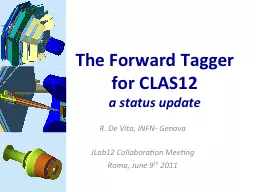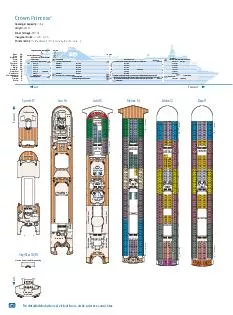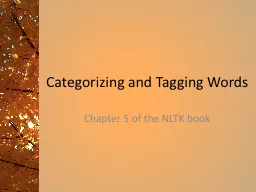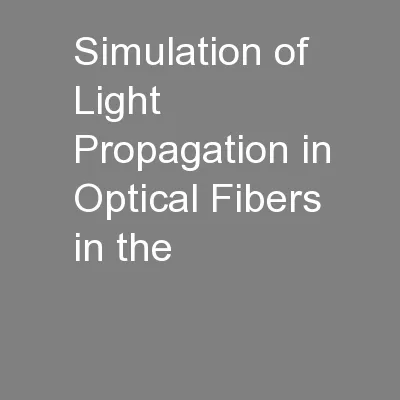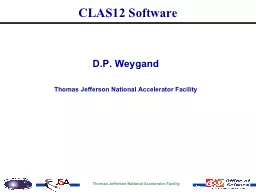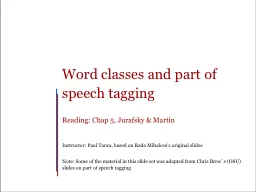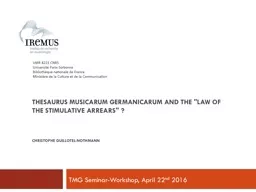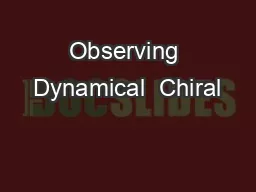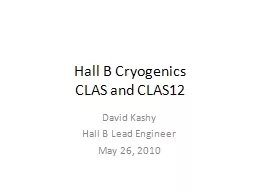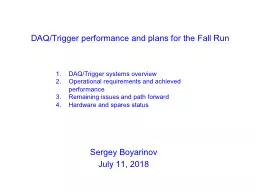PPT-The Forward Tagger for CLAS12
Author : frogspyder | Published Date : 2020-06-26
a status update R De Vita INFN Genova JLab12 Collaboration Meeting Roma June 9 th 2011 Meson Spectroscopy with CLAS12 The study of the lightquark meson spectrum
Presentation Embed Code
Download Presentation
Download Presentation The PPT/PDF document "The Forward Tagger for CLAS12" is the property of its rightful owner. Permission is granted to download and print the materials on this website for personal, non-commercial use only, and to display it on your personal computer provided you do not modify the materials and that you retain all copyright notices contained in the materials. By downloading content from our website, you accept the terms of this agreement.
The Forward Tagger for CLAS12: Transcript
Download Rules Of Document
"The Forward Tagger for CLAS12"The content belongs to its owner. You may download and print it for personal use, without modification, and keep all copyright notices. By downloading, you agree to these terms.
Related Documents

